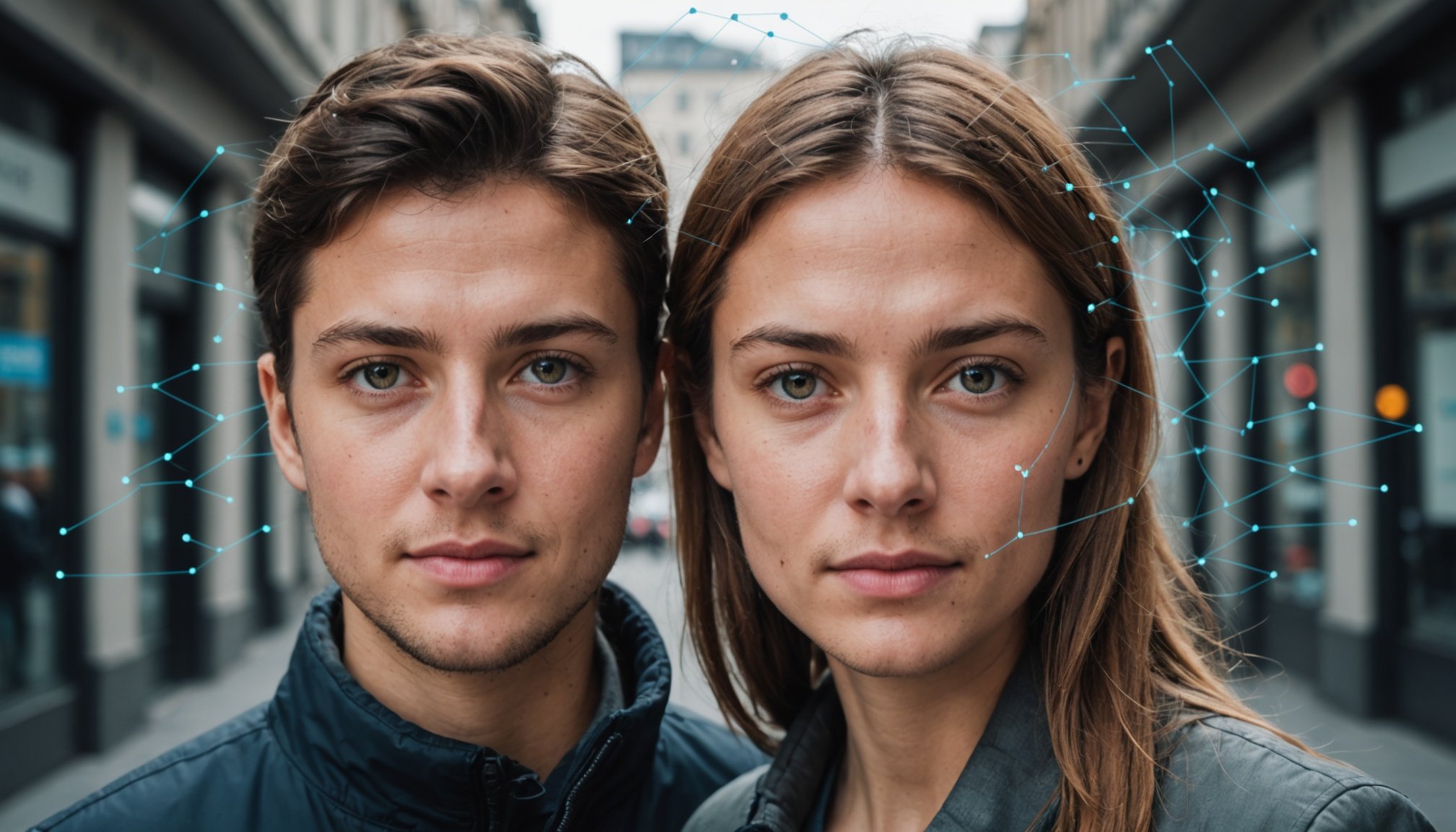Principles of Deep Learning
Deep learning, a subset of machine learning, relies heavily on the intricate design and function of neural networks. These sophisticated structures mimic the human brain’s operation, enabling machines to recognize patterns and make intelligent decisions. At its core, deep learning processes vast amounts of data through layers of neurons, each layer adding a level of abstraction to the input data.
Neural networks consist of interconnected units, or “neurons”, that work collectively to achieve tasks. These networks can vary in architecture, ranging from simple feedforward networks to complex convolutional and recurrent networks. Feedforward networks process signals in a single, linear path; meanwhile, convolutional networks are tailored for image recognition, breaking images into smaller segments for processing. On the other hand, recurrent networks excel in handling sequential data like text, making them ideal for language processing tasks.
Additional reading : Key Factors to Consider When Creating AI-Powered Wearable Technology Applications
The role of data in training these models cannot be overstated. Large volumes of diverse and high-quality data enable deep learning algorithms to identify even the most subtle nuances and patterns. This comprehensive understanding allows for the creation of robust, reliable models that continuously learn and improve, given sufficient data and computational power.
Ultimately, the symphony of these components — deep learning technology, neural networks, and data — orchestrates the powerful capabilities seen across various modern applications, from speech recognition to medical diagnostics.
Also read : Exploring Cutting-Edge AI Innovations for Predictive Maintenance in the Aviation Sector
Deep Learning Applications in Facial Recognition
The advent of deep learning has significantly enhanced image analysis capabilities, particularly in the realm of facial recognition. This technology employs advanced methodologies, such as Convolutional Neural Networks (CNNs), which have revolutionised the way computers interpret visual data. By simulating the human brain’s structure and function, CNNs specialize in identifying complex patterns within images, making them exceptionally effective for biometrics.
CNNs play a pivotal role in facial recognition by disassembling input images into segments to detect distinguishing features such as eyes, nose, and mouth. Each layer of the network processes specific patterns, refining data through mathematical operations until recognition is achieved. This enables systems to compare and identify individuals with remarkable precision, even in diverse settings and lighting conditions.
Prominent examples of successful facial recognition systems include those utilized by tech giants such as Apple and Facebook. Apple’s Face ID technology, for instance, offers secure device access and personalized user experiences by leveraging deep learning to map and recognize a user’s face accurately. Similarly, Facebook employs deep learning in its photo-tagging feature, identifying individuals in images with impressive accuracy and speed.
These developments underscore the transformative impact of deep learning on biometrics, marking a significant stride towards more secure and efficient facial recognition solutions in various applications.
Accuracy Improvements through Deep Learning
Understanding the accuracy advancements brought by deep learning is crucial, especially within the realm of facial recognition systems. These systems had historically struggled with error reduction, which is where deep learning techniques have made substantial headway.
Statistical Analysis
Before the dawn of deep learning, facial recognition relied heavily on performance metrics that highlighted notable deficiencies. Traditional algorithms, like eigenfaces and fisherfaces, often faced hurdles in achieving consistent accuracy across varied environments. This approach limited the system’s ability to reduce both false positives and false negatives. In contrast, deep learning utilizes neural networks that adaptively learn features. Studies have shown these models can self-improve, leading to significant error reduction. When comparing historical data, facial recognition systems enhanced with deep learning report accuracy rates climbing by over 20%, proving their superiority.
Case Studies
Real-world applications, such as border security and smartphone authentication, provide practical insights into these advancements. For instance, Apple’s Facial ID system utilized deep learning to significantly elevate accuracy, even adapting to changes in user appearance over time. Similarly, research validations, like those from Stanford’s VGGFace, demonstrate high accuracy metrics in diverse conditions, underscoring deep learning’s pivotal role. Such case studies indicate not only theoretical success but also substantive leaps in performance metrics when implemented in everyday tech.
Security Benefits of Improved Facial Recognition
Facial recognition technology has significantly evolved, offering distinct security applications that enhance system reliability. With increased accuracy, these systems become indispensable tools in detecting threats, improving surveillance outcomes. By effectively identifying individuals of interest, authorities can respond swiftly to potential threats, thereby safeguarding public safety. This technological improvement elevates the trustworthiness of facial recognition systems, making them a cornerstone in modern security applications.
In the realm of law enforcement, improved facial recognition serves various use cases, from tracking suspects to missing persons’ operations. The technology assists in identifying individuals in real-time from vast video footage, greatly aiding in criminal investigations. This efficiency in surveillance not only increases success rates but also economizes resources, allowing law enforcement agencies to allocate personnel more strategically.
Furthermore, facial recognition plays a crucial role in combating identity fraud. By precisely verifying identities, this technology reduces the chances of fraudulent activities, such as financial scams or unauthorized access. Enhanced accuracy ensures that identity verification processes in various sectors, including banking and travel, are robust and trustworthy. As identity theft and fraud represent significant concerns globally, this advancement provides a pivotal defensive tool.
Overall, improved facial recognition technology provides substantial benefits, driving advancements in fraud prevention and enhancing security applications across diverse sectors.
Ethical Considerations in Facial Recognition Technology
Facial recognition technology has raised significant privacy concerns, primarily due to its ability to collect and store personal data without consent. This intrusion into privacy occurs when images of individuals are captured by devices equipped with facial recognition software, leading to a loss of anonymity in both public and private spaces. The surge in the use of this technology has sparked debates on how it can threaten fundamental rights to privacy.
A major ethical dilemma centers around surveillance concerns. The capability of facial recognition systems to conduct mass surveillance is a double-edged sword. While it can enhance security and identify criminal activities effectively, it also poses the risk of being used for unauthorized tracking and targeting of individuals. This possibility of misuse necessitates a careful examination of how these systems are deployed.
Regulatory frameworks play an essential role in addressing the ethical issues surrounding facial recognition technology. Many governments and organizations are working to establish guidelines and policies that ensure ethical use while balancing safety and civil liberties. Effective regulation is crucial in mitigating privacy intrusions and establishing norms that protect individuals from potential abuses of surveillance technology, thus supporting ethical advancements.
Future Trends in Deep Learning and Facial Recognition
The world of technology trends is rapidly evolving, particularly in the fields of deep learning and facial recognition. Emerging technologies like quantum computing and neuromorphic engineering are beginning to influence these domains. Quantum computing, for instance, can significantly enhance data processing speeds, allowing facial recognition systems to conduct much faster and more accurate analyses. Meanwhile, neuromorphic engineering aims to mimic the neurological architecture of the human brain, leading to more sophisticated and flexible deep learning models.
Predictions suggest substantial innovation in improving both the accuracy and ethical applications of these technologies. Enhanced algorithms are anticipated to provide better predictions and reduce biases, thus addressing current societal concerns about privacy and discrimination. This will likely expand the use of facial recognition into new areas such as healthcare diagnostics and mental health monitoring, offering more personalized and efficient services.
Societal perception continues to play a crucial role in the development of facial recognition systems. Public scrutiny over privacy issues demands transparent and ethical use of these technologies. Future developments are expected to include stringent guidelines for data protection and ethical use, ensuring that beneficial innovations do not compromise individual rights. Balancing progress with ethical considerations will be key to the continued evolution of this exciting field.











